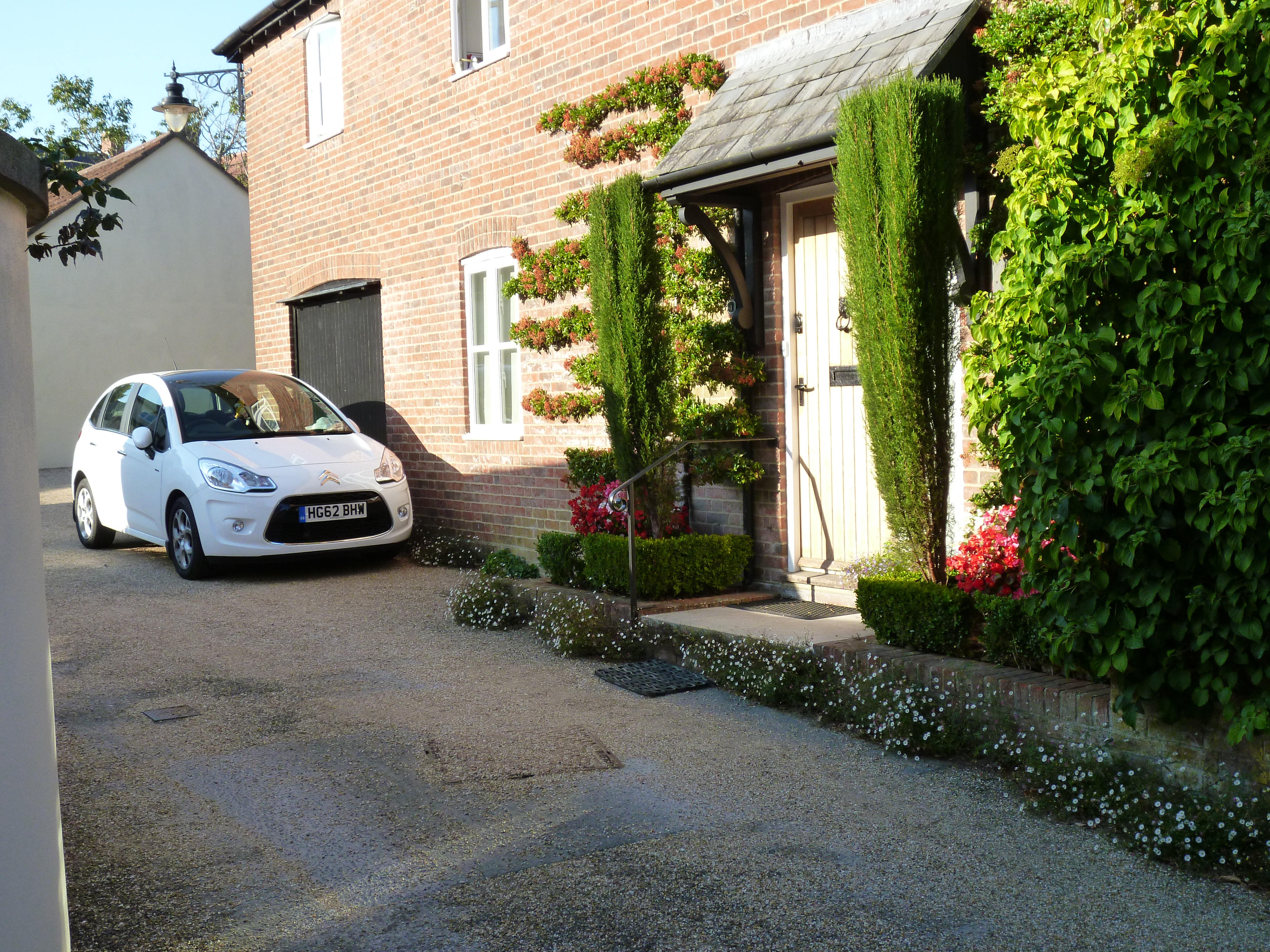The finding of a recent online poll by AJ contrasts the views of architects (about a third of the respondents) with those of the non-professional public. The participants were shown images of housing, some traditional, some Modern. The public favored the former and the professionals the latter. In itself, a disconnect in opinion is not unexpected; trained professionals might appreciate attainments that are not immediately obvious to the unskilled eye. But the difference here was not one of nuance, what the architects admired was actually held in low esteem by the non-architects, and vice versa. “To the best of our knowledge the ‘winners’ of our poll (some houses in Poundbury) have not won any architectural awards; indeed they are widely reviled by the profession. The two losers have won nine between them.” The AJ article also describes an earlier—more structured—survey. “A group of volunteer students were shown photographs of unfamiliar people and buildings and asked to rate them in terms of attractiveness. Some of the volunteers were architects; some were not. As the experiment progressed, a fascinating finding became clear: while everyone had similar views on which people were attractive, the architecture and non-architecture students had diametrically opposed views on what was or was not an attractive building.” The research referred to was conducted in 1987 by David Halpern. His conclusion, according to AJ? “Professionals are, empirically, the very worst judges available of what people want or like in the built environment.”
Photo: Housing in Poundbury (photo by author)


